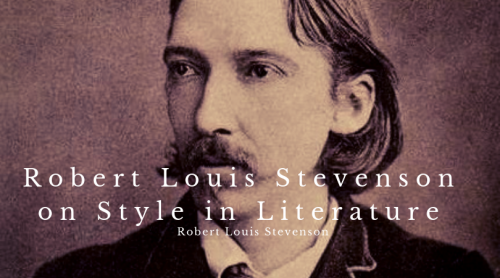

His first volume, An Inland Voyage, was published in 1878, and recalled a canoe trip he made through Belgium and France with his friend Sir Walter Grindlay Simpson in 1876. It was during his summer vacations from university that Stevenson found his niche in travel writing, with his earliest published works recounting his travels with fellow artists in France. Today, modern travel writing is still influenced by Stevenson’s humour, flair and penchant for becoming as much a character in his stories as his subjects The course to focus on a law degree instead, Stevenson successfully passed advocate in 1875, but would never practise law professionally. These trips were by no means simple endeavours the travel industry was in its infancy, and any serious journey represented a large and complex undertaking.Īt the age of 17, Stevenson enrolled at Edinburgh University, studying engineering with a view to joining the family business. In 1863, the family departed on a three-month tour of Europe, visiting France, Genoa, Naples, Rome, Florence, Venice and Innsbruck. Travel played an important role in his life from an earlier age: in 1859, Stevenson’s family went on a three-week holiday to Bridge of Allan, Perth and Dundee in Scotland, and in 1862 they travelled to Bad Homburg vor der Höhe in Germany for the sake of his father’s health. His father, Thomas, had built many of the deep-sea lighthouses around Scotland, and his mother, Margaret Isabella Balfour, had hailed from a family of church ministers and lawyers.

Stevenson was born to respected parents in Edinburgh on November 13, 1850. While his tales of pirates and science gone wrong may now overshadow his travel work, any modern traveller owes a debt to the way Stevenson traversed, observed and interpreted the world.

Today, modern travel writing is still influenced by his humour, flair and penchant for becoming as much a character in his stories as his subjects. His writing style employed a personal touch that was rare to travel writing at the time, and his focus on individuals rather than cultural stereotypes set his work apart from that of his contemporaries. His journeys to the US and his eventual relocation to Samoa made him a travel celebrity, and later informed his work to a tremendous degree. Of his time, Stevenson was as well travelled as anyone could possibly hope to be. Stevenson’s early travel writing was a driving force for his literary career and has continued to influence the way people write about travel even today. While both beloved texts, fiction was not the source of his initial success. When asked of the impact Robert Louis Stevenson had on the literary world, many would point to his widely renowned works of fiction: Treasure Island and The Strange Case of Dr Jekyll and Mr Hyde.


 0 kommentar(er)
0 kommentar(er)
